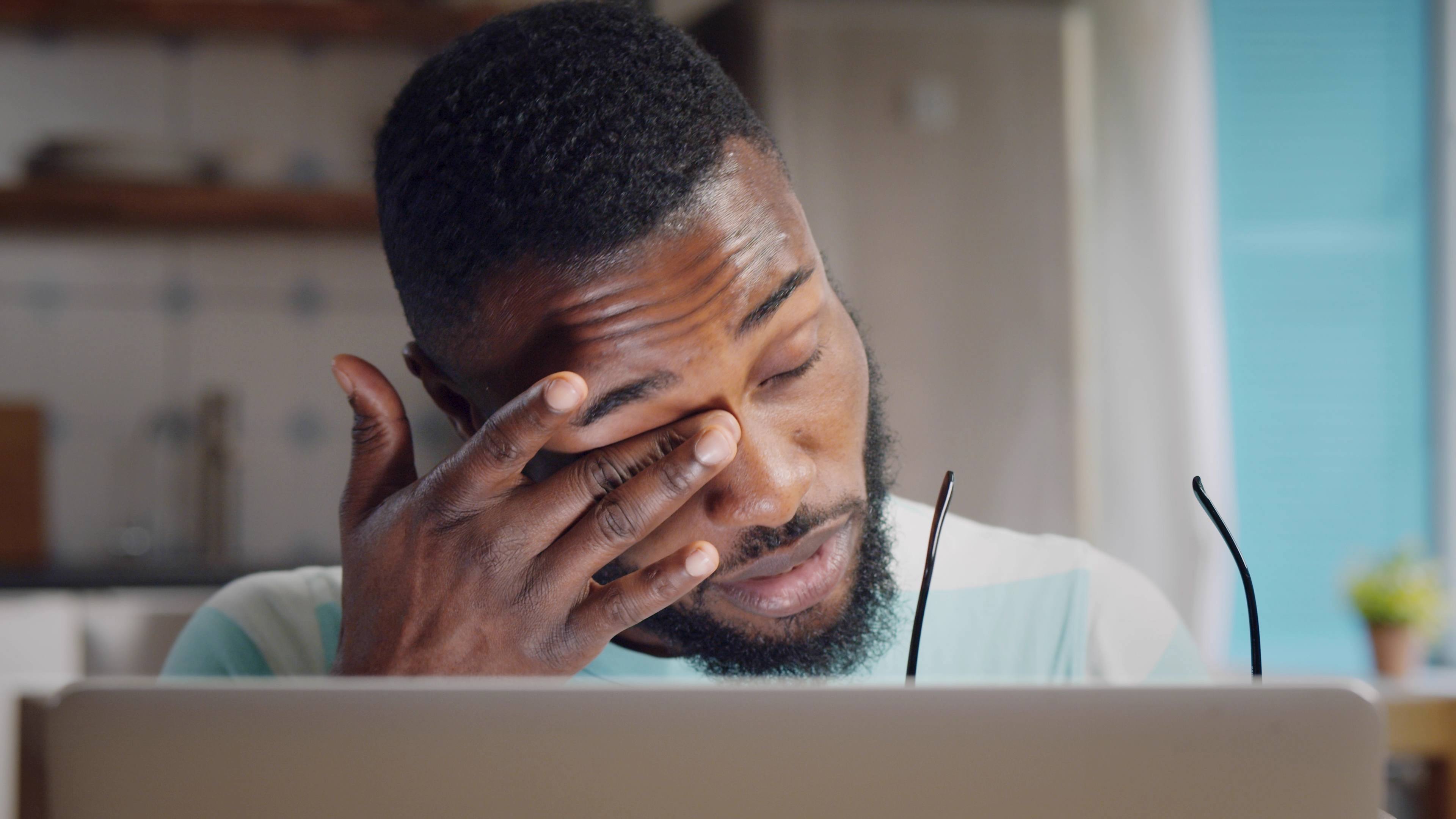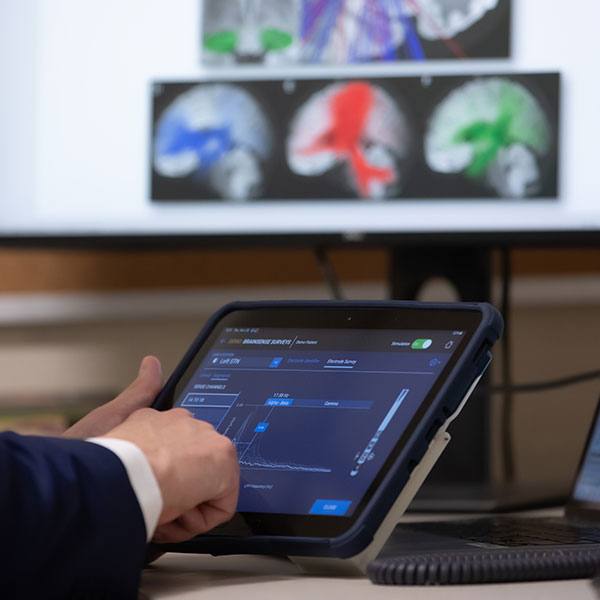-
Sharing Mayo Clinic: Second opinion shifts aspiring filmmaker’s outlook
Devan Brady was frightened by an ominous diagnosis before a trip to Mayo Clinic helped her get a clearer picture of her medical situation.
As a young girl growing up in Buffalo, New York, Devan Brady enjoyed a bedtime story selection that was more a survey of American literature than preschool perennials. She remembers her father reading Moby-Dick to her when she was just 3 years old.
"My dad went for the big guns," Devan says. "The bigger the book, the better." These adventures unleashed Devan's imagination. As she grew older, she saw some of her favorite books, such as the Harry Potter series, leap from the page to the big screen. Devan knew there was only one path forward for her: creating magical worlds for kids who love to escape through books and film, just like she did.
But after Devan graduated from college in 2016 with a degree in media production, a medical scare threatened to steal this dream. After an initial misdiagnosis, a comprehensive evaluation at Mayo Clinic helped rule out a serious illness and put Devan back on track to achieving her goals.
An alarming finding
An avid traveler, Devan was on a flight to Japan in January 2016 when she noticed her legs kept falling asleep. She knew that was common on long flights, but the frequency and severity were still puzzling to her. Later that year, Devan was working three part-time jobs: production assistant on a local film crew, wedding photographer and restaurant server. While on her feet for a restaurant shift, Devan felt her legs go numb again. She didn't regain full sensation in them for several hours.
Worried, Devan called her local primary care provider, who ran some blood and imaging tests. The results were normal, but her doctor referred Devan to a neurologist for further evaluation.
In the weeks between appointments, Devan didn't experience any additional episodes and started to think she was in the clear. After completing a more rigorous set of tests with the neurologist, Devan expected to hear that she had something relatively simple, such as a pinched nerve. She didn't expect to leave his office with a diagnosis of the autoimmune disease neuromyelitis optica, commonly known as NMO.
"To tell a 22-year-old girl that you could lose your eyesight or use of your legs, that's scary." — Devan Brady
Neuromyelitis optica occurs when the body's immune system produces a molecule called an antibody that mistakenly targets healthy tissue. Antibodies normally attack invaders such as cancer or infections, so the immune system can clear those damaged cells out of the body.
But with neuromyelitis optica, antibodies attach to healthy tissue in the central nervous system — mainly in the optic nerves and spinal cord but sometimes in the brain, too. As a result, people with the condition can experience blindness, weakness or paralysis in the legs or arms, and painful spasms.
An uncertain future
"For the whole month of October, I was on edge," Devan says. "To tell a 22-year-old girl that you could lose your eyesight or use of your legs, that's scary. What is my life going to be like? I'm going to live in constant fear of losing the ability to do what I love."
While the neurologist couldn't confirm the diagnosis through an MRI, Devan tested positive for the antibody in two blood tests, so the physician prescribed a drug to suppress her immune system. That would inactivate the circulating antibodies and stop their production, which could prevent further attacks.
The prospect of a lifetime of taking powerful drugs was just as startling to Devan as the diagnosis. Because her local neurologist had only seen a handful of patients with the condition, Devan and her father, a nurse with the Veterans Health Administration, began researching options for a second opinion. Through friends and her father's colleagues, Devan learned about Mayo Clinic's Department of Neurology and its expertise in neuromyelitis optica.
"Especially since the test for NMO was created at Mayo Clinic, we thought if anyone would know about this, they would." — Devan Brady
For many years, what is now known as a spectrum of neuromyelitis optica disorders — sometimes called Devic's disease — commonly was misdiagnosed as multiple sclerosis. But in 2005, physician-scientists and laboratory researchers at Mayo Clinic discovered a unique antibody specific to the neuromyelitis optica. This breakthrough allowed for the development of a diagnostic test for the disease, ensuring that patients get the right treatment, right away.
"Especially since the test for NMO was created at Mayo Clinic, we thought if anyone would know about this, they would," Devan says.
Another take
Devan and her father made the trip to Mayo Clinic's Rochester campus in November 2016 and met with neurologists B Mark Keegan, M.D., and Natalie Parks, M.D., a former Mayo Clinic fellow now at Dalhousie University in Canada. As a provider in Mayo's Center for Multiple Sclerosis and Autoimmune Neurology, Dr. Keegan regularly sees patients seeking second opinions for diagnoses ranging from multiple sclerosis to neuromyelitis optica and a variety of rare inflammatory diseases affecting the central nervous system.
The team explained that Dr. Parks would do an in-depth examination with Devan and discuss the results with Dr. Keegan. Then Dr. Keegan would do a second examination. After comparing their notes on Devan's medical history and physical tests, Dr. Keegan shared the team's conclusion with Devan.
 "He said, 'If you would have come here after that first day that you had issues and told me your symptoms, I never would have even thought to test for NMO," Devan recalls. But despite the lack of other evidence for a connection to neuromyelitis optica, the team would need to test for the condition because of the previous positive result.
"He said, 'If you would have come here after that first day that you had issues and told me your symptoms, I never would have even thought to test for NMO," Devan recalls. But despite the lack of other evidence for a connection to neuromyelitis optica, the team would need to test for the condition because of the previous positive result.
The first step was to repeat Devan's blood work, but this time using a more sophisticated version of the neuromyelitis optica test that Mayo Clinic has refined over the past decade. If the test came back positive, Dr. Keegan would perform an MRI to look for lesions on her spine. If it came back negative, he would be reasonably confident that Devan did not have the condition.
Because getting the blood test results would take a few days, Devan and her father returned to Buffalo to await the news. A week later, Devan was back at work on a film set when she got a call from Mayo Clinic. It was Dr. Parks with her test results: Devan did not have NMO.
Listening to Dr. Parks explain that the local test results were false positives, Devan started crying tears of relief. She immediately called her father, who interpreted the emotion in Devan's voice as a bad sign.
"He was like, 'It's OK. It's OK. We'll book a flight to Rochester.' And I was saying, 'No, Dad, the test was negative.' And I just heard him go, 'Woo-hoo!' Like, screaming on the phone."
Dr. Keegan called a few days later to reassure Devan about the results. In his opinion, Devan's local neurologist likely relied too heavily on the less-sophisticated blood test to make a diagnosis and didn't factor in the complete picture — Devan's normal medical history, evaluations and MRI test — plus the fact that Devan's symptoms were not specific to neuromyelitis optica.
Devan has been in good health since her visit to Mayo Clinic, which she credits to staying active and sticking to a workout routine. And she hasn't had a return of the symptoms that caused her to worry. She now says her only fear for the future is the same as any college graduate's: finding a job.
But armed with the same boundless imagination that fueled her childhood dreams, she knows the possibilities are limitless.
Note: A version of this story previously appeared in Mayo Clinic Magazine.
HELPFUL LINKS
- Learn more about neuromyelitis optica
- Read about Mayo Clinic's Department of Neurology.
- Explore the Center for Multiple Sclerosis and Autoimmune Neurology.
- Request an appointment.








